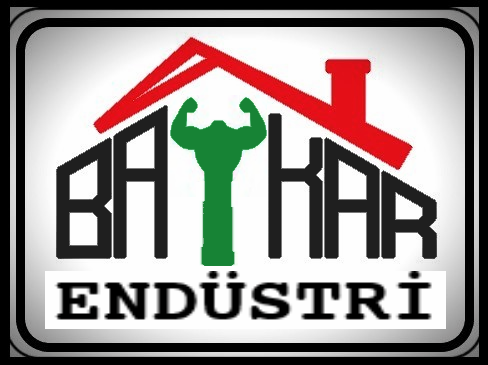Inventory management is a critical aspect of running a successful manufacturing operation. Manufacturing companies must maintain an accurate and efficient inventory system to ensure that they have the right materials and products on hand to meet customer demand while keeping costs low. Effective inventory management can help companies reduce waste, improve production efficiency, and increase profitability. In this article, we will discuss some tips for managing inventory in a manufacturing setting.
One of the most important tips for managing inventory in a manufacturing setting is to use a UCUZ inventory management system. UCUZ (pronounced “ooz”) stands for “unit cost utilization zone” and is a method of categorizing inventory based on the cost of the items. By categorizing inventory based on its unit cost, companies can better control costs, reduce waste, and optimize production processes.
Another tip for managing inventory in a manufacturing setting is to use technology to automate inventory management processes. There are many software solutions available that can help companies track inventory levels, forecast demand, and manage orders more efficiently. By using technology to automate these processes, companies can save time and reduce the risk of human error.
It is also important for manufacturing companies to establish clear procedures for inventory management. Having standardized procedures in place can help ensure that inventory levels are accurate, orders are processed in a timely manner, and production runs smoothly. Companies should also regularly review and update their inventory management procedures to ensure that they are effective and efficient.
In addition, manufacturing companies should regularly conduct physical inventory counts to ensure that their records are accurate. By comparing physical inventory counts to the inventory records, companies can identify and address any discrepancies and prevent stockouts or overstock situations. Regular inventory counts can also help companies identify opportunities to improve inventory management processes and reduce waste.
Companies should also consider implementing a just-in-time (JIT) inventory management system. JIT inventory management involves keeping inventory levels as low as possible to reduce carrying costs and free up working capital. By only ordering materials and products as needed, companies can minimize waste and improve production efficiency.
Overall, effective inventory management is crucial for success in a manufacturing setting. By using a UCUZ inventory management system, leveraging technology, establishing clear procedures, conducting regular inventory counts, and implementing a JIT inventory management system, companies can reduce costs, improve efficiency, and increase profitability. By following these tips, manufacturing companies can gain a competitive edge in today’s fast-paced business environment.
************
Want to get more details?
BAYKAR ENDÜSTRİ
https://www.baykarendustri.com/
5331526899
yapı malzemeleri tedarikçisi

